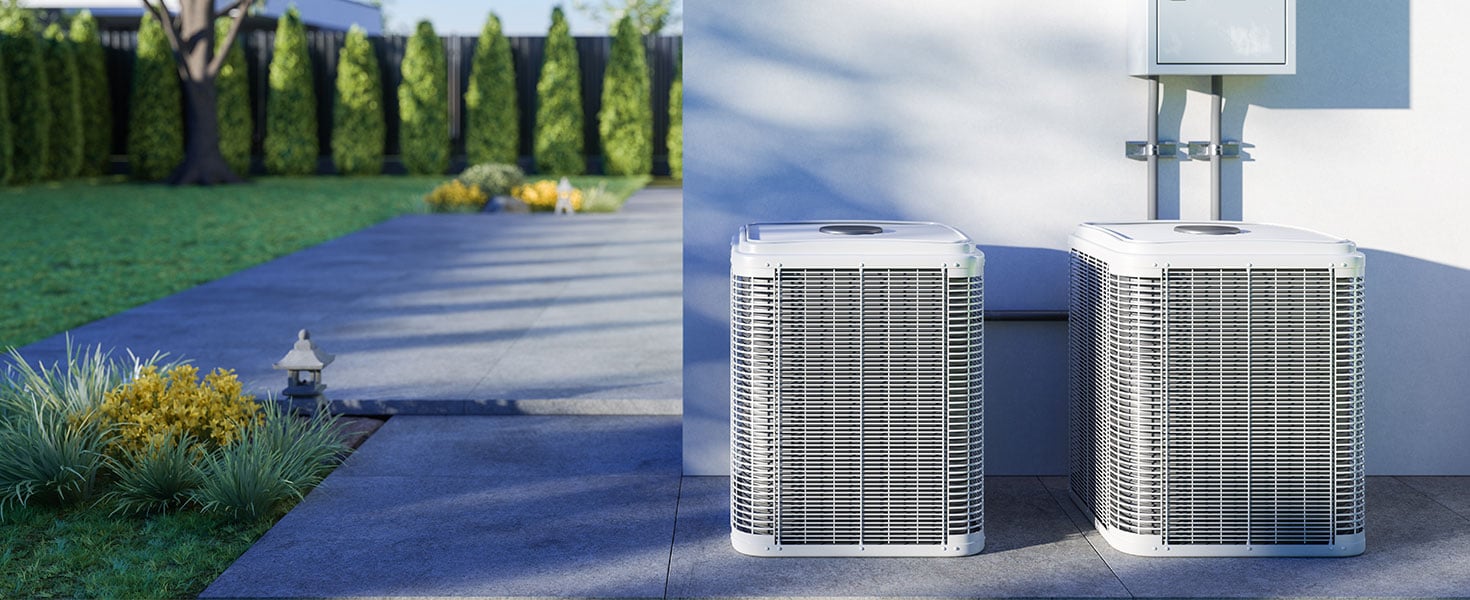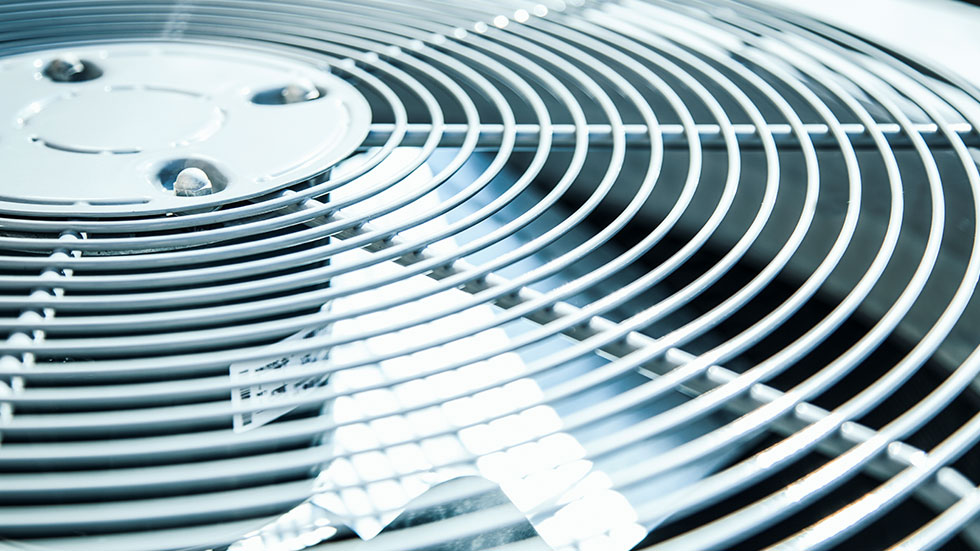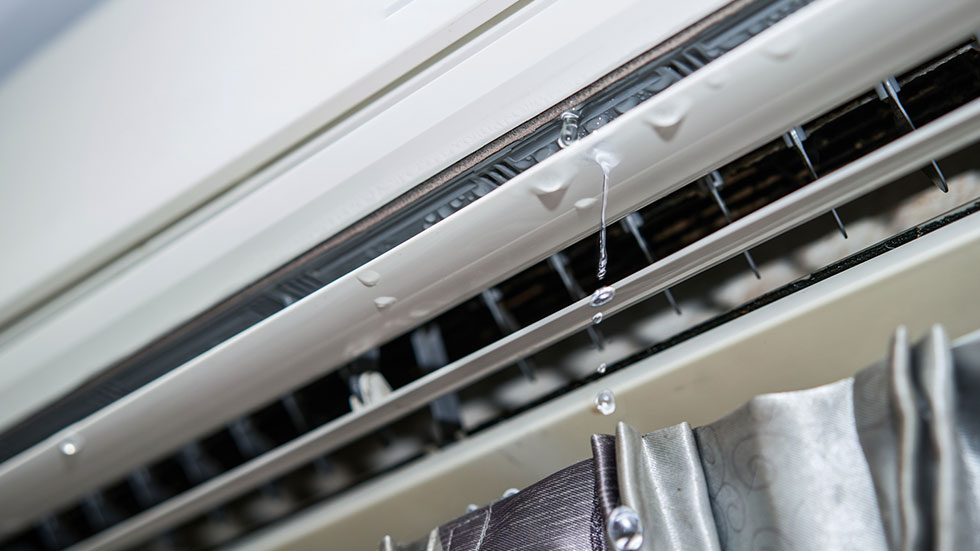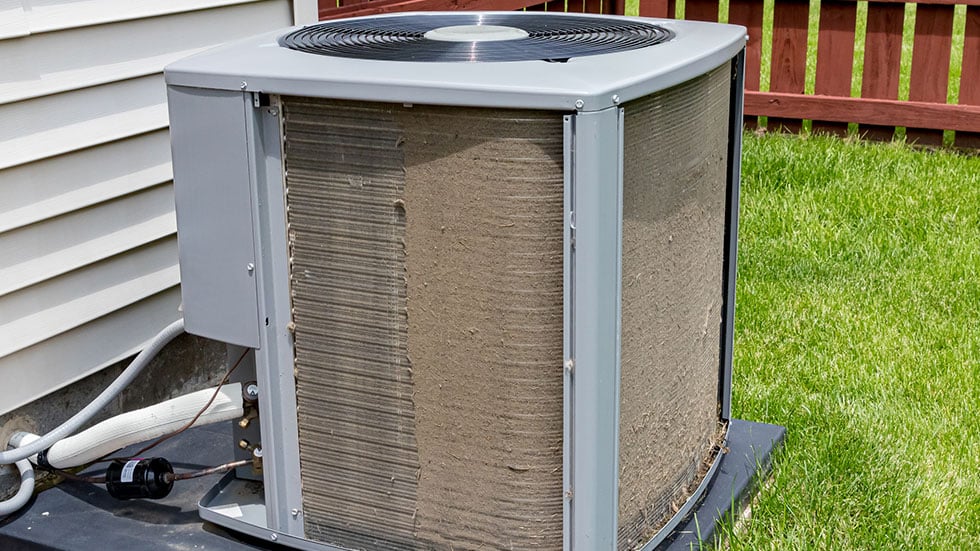10 Ways To Troubleshoot Problems With Your Air Conditioner
What to check and when to call the pros


It’s easy to take air conditioning (AC) for granted. That is, until the unit malfunctions during a heat wave. Fixing the problem can be challenging. Like many modern appliances, air conditioners have gone high-tech.
When in doubt, or when electricity is involved, it’s best to call the pros. However, there are several troubleshooting steps that might get results.

FOCUS ON THE FAN
Make sure the thermostat is on the cooling mode and lower the temperature. Does the fan come on? If not, your next step is to check the circuit breaker panel.
CHECK THE CIRCUIT BREAKER PANEL
Solving the problem might be as easy as flipping a switch or two. For example, the unit might have one switch for the condenser and another for the fan, notes Marina Vaamonde, a home-remodeling expert and owner of HouseCashin in Houston, Texas.
“If it’s tripped halfway, turn it all the way off first before turning it on again,” she says. If the breaker keeps tripping, it might need replacing, she says. Or you might have too many appliances on one circuit.

REVIEW THERMOSTAT SETTINGS
The thermostat could be the culprit. Review the display screen/setup to ensure all the options are correct or do a reset, says James Strilcic, owner of JPS Furnace & Air Conditioning in Calgary, Alberta.
Try replacing the batteries, suggests Ryan Collier, director of Heat Pump Source in London, England.
INVEST IN A NEW THERMOSTAT
Consider a new one if you’ve upgraded your AC or furnace but not your thermostat. The new functions let you control the temperature when you’re away, which can lower your bills.
Most smart thermostats also have an option to sense whether the heat is coming from the sun on the display screen’s face or the room’s actual temperature and adjusts accordingly.

LOOK FOR CLOGGED DRAINS
Leaking water could indicate a clogged drain on the condenser. “This is a common issue and is usually an easy fix,” Collier says.
Locate the line—usually a white pipe near the outdoor condenser unit. Call a professional if you can’t clear the clog.
SURVEY THE VENTS
Closed or obstructed vents will restrict the airflow. Tour the house and move anything that’s covering a vent.

INSPECT THE FILTER
Filters trap pollutants, so the air remains clean. A clogged filter affect the airflow. “It’s crazy how many people don’t change the filter or clean it as needed,” Strilcic says.
Clean the filter every two weeks and change it every two months, recommends Bariyah Faisal of Cielo Wigle Inc., a smart-home company primarily focused on smart cooling and heating controls.
The company’s Smart AC Controllers for ductless units will send status notifications to your phone if the filter needs attention.REMOVE DEBRIS FROM AROUND THE UNIT
Leaves and overgrown grass can interfere with the air flow of a whole-house unit. Remove any weeds and debris from the area. Similarly, clean the condenser coils regularly.

TIGHTEN THE SCREWS
Strange sounds are another frequent concern. “A number of different things can cause these noises, and the most common is that something on the unit has come loose or has broken,” says Walter Bennett of Green Leaf Air in Dallas, Texas.
Tighten the screws on the unit. If it still makes strange noises, call a professional.
CALL AN HVAC EXPERT TO INSPECT THE CAPACITOR
In high heat, the unit’s capacitor works overtime to maintain a consistent temperature, which can lead to failure. Faisal says that power fluctuations and unexpected temperature changes can also damage capacity. Don’t attempt to repair a broken capacitor on your own. “It can result in an electric shock,” Faisal warns.
